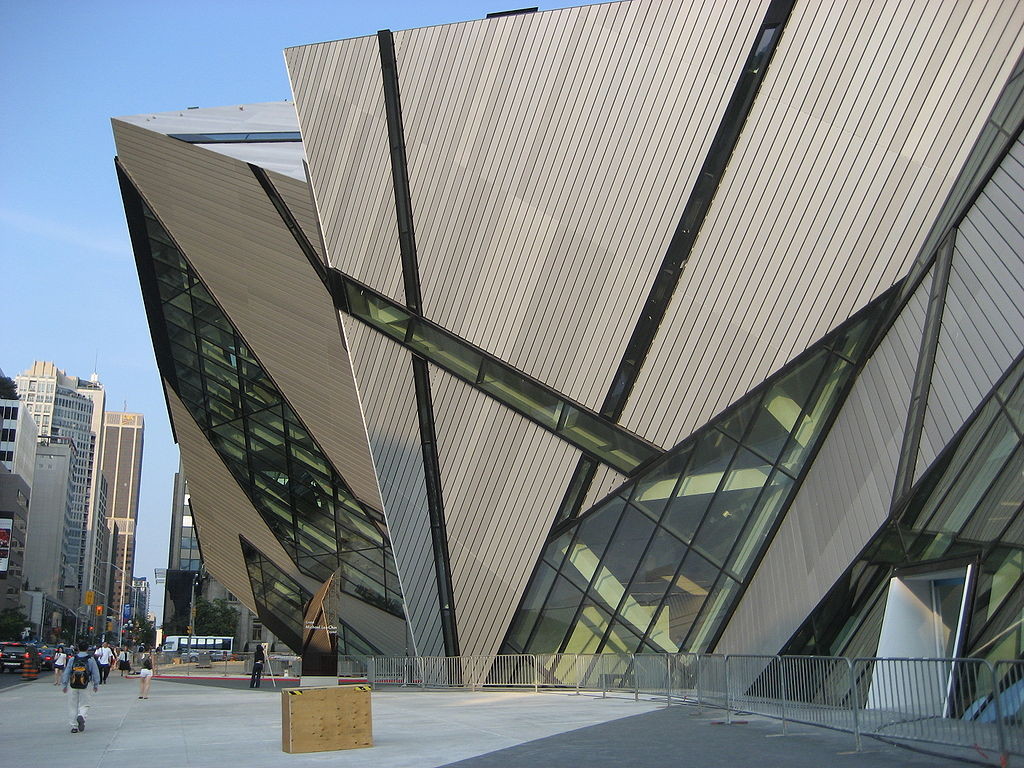The virtual museum
While I was working at the Royal Ontario Museum a few years ago, Google introduced its Art Project, which became the Google Cultural Institute, a platform for showing the contents of the world’s great museums and art galleries online. A group of us at the ROM recognized the project’s value and advocated for it: here was a chance to create a virtual ROM where people could visit remotely and (hopefully) become excited enough to visit in person. We thought it was exactly what the museum needed to raise its profile, position itself as a tech-savvy cultural property, and generate buzz as an early adopter. It would also meet the marketing department’s goal of providing potential visitors with a virtual tour of the building.
Fast forward three years and the project has come to fruition. Over 300 pieces are online. Visitors can navigate around the ground floor, zoom in on art, drag and drop pieces from the collection to compare, and much more.
This is important for a couple of reasons. The first is that the museum increases its marketing reach by leaps and bounds with this kind of interface. It can show potential visitors from around the globe why the ROM is a world-class museum and why they should visit. In a cost-constrained environment, that’s marketing gold.
The second reason is slightly less obvious, but even more important: now my mom can finally visit the ROM, something she’s never done before and will never be able to do in person.
Working at the ROM was my dream job. I’ve always been a museum nerd: growing up, my mom would take me to the Halifax Citadel and the Nova Scotia Museum every summer during vacation. I loved visiting the museum more than anything in the world, especially the dinosaur room. I remember whenever we entered the marine gallery, I would race across to the safety of the other side because I was sure the giant mounted whale on the wall above could fall and crush me at any moment. And the coelacanth always scared the crap out of me. I loved it all, and when I moved to Toronto in 2001, the first place I visited was the ROM; buying a student pass was one of the first things I did in the city.
So I was pretty damn elated when I landed a contract there in 2010: I never thought I’d be given the opportunity. I always wanted to have my parents visit so I could show them around this wonderful place I was so proud to work in.
Unfortunately, my mom will never visit the ROM. She’ll never visit Toronto. In fact, she’ll probably never leave home again because of her health. But with the ROM online, she can finally visit and I can give her the guided tour I always wanted to. In a way….
That’s why putting places like the ROM online is so important: it gives people who will never be able to see the world the power to do so. I’ve been around the globe, all around North America and Europe, to South America and Japan. My mom never has. She’s been a few places, but missed out on the big trip to Europe she had always dreamed of taking, when her health took a turn for the worse. She always wanted to see St Peter’s basilica, Paris and London, but can’t now.
I’d never dream that a museum can replace the majesty of something like St Peter’s Basilica. But for people who will never otherwise have the chance, a museum like the ROM gives them a real, tangible opportunity to see the world in their own hometown. That’s incredibly important, essential even.
I used to walk around the galleries in the ROM when I worked there, so proud that I finally got my dream job. I used to wear my staff ID just to show it off and see if anyone would ask me a question. One afternoon I was on the third floor when I heard voices behind me.
“Let’s go to Africa next!” They sounded revved up about the idea. When I turned, I saw a couple pushing an older lady in a wheelchair. I realized that – most likely – the African gallery was about as close as that woman would ever get to visiting that continent. That’s a hell of an opportunity to offer someone. It’s one reason why museums are important, and it’s the reason why it’s so important to bring the museum experience fully online to anyone and everyone.
Let’s keep that going.






